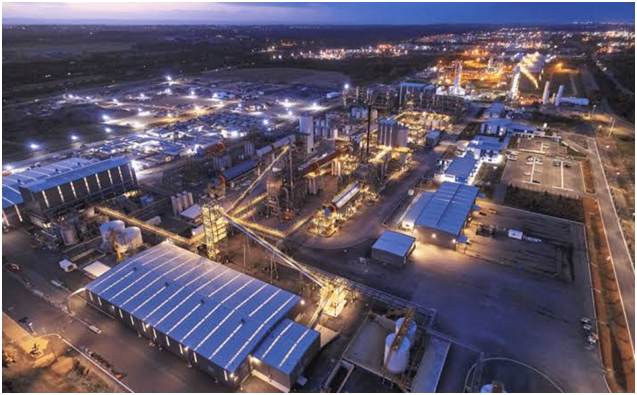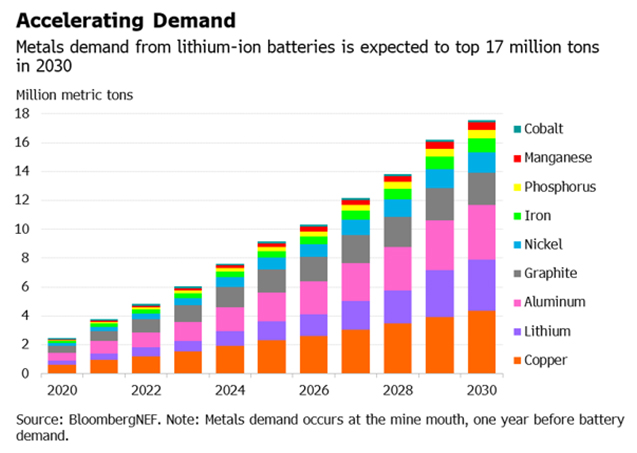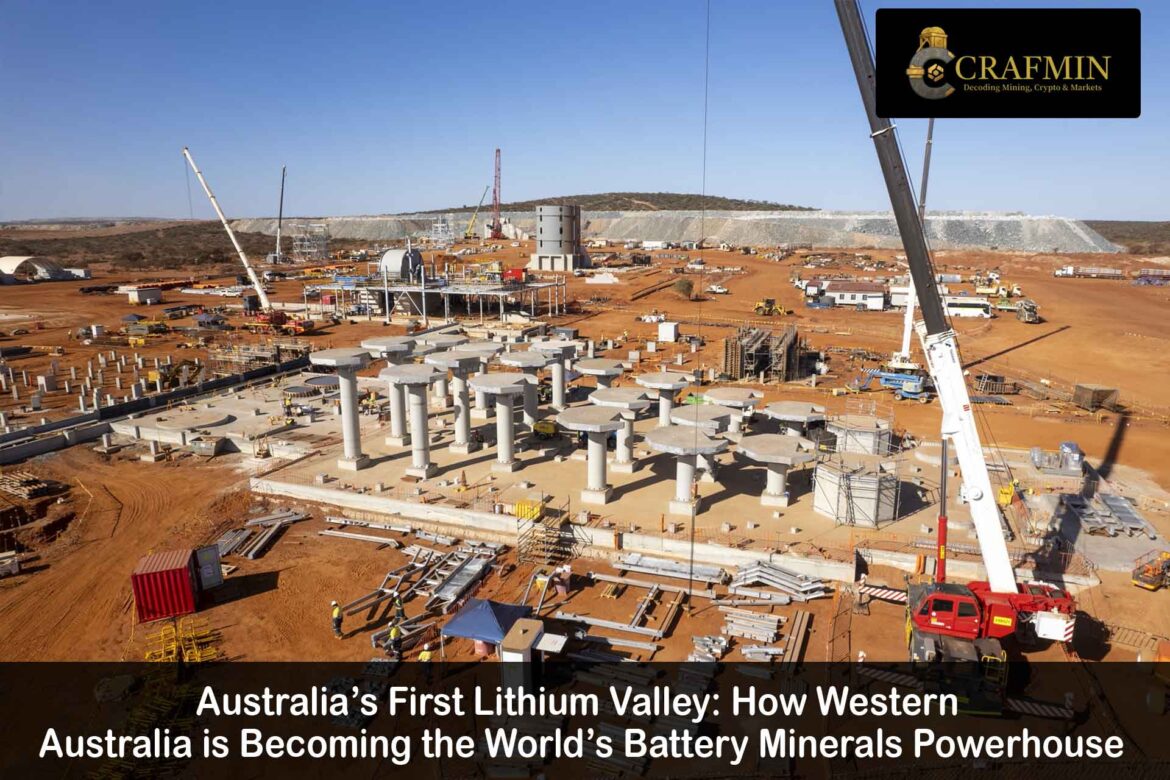Western Australia is on the verge of redefining the global battery supply chain, and it’s doing so by becoming the world’s first Lithium Valley. With the rising demand for electric vehicles (EVs) and renewable energy storage, the global competition for lithium and other essential battery minerals is heating up—and Western Australia is taking the lead.
Why Western Australia Is the Ideal Lithium Hub
WA is home to some of the world’s richest spodumene deposits, which are essential for lithium-ion battery production. Major mines like Greenbushes, Mount Marion, and Pilgangoora are already producing vast quantities of battery-grade lithium, attracting international attention.
Key reasons why WA leads the lithium race:
- Rich in Resources: Australia accounts for more than half of the global hard-rock lithium output, with Western Australia being the primary contributor.
- Geopolitical Stability: Investors prefer stable jurisdictions, and Australia offers low-risk conditions for large-scale mining.
- Mining Expertise: Decades of mining know-how combined with new green technologies make WA a highly efficient production zone.
The Birth of Australia’s Lithium Valley
Inspired by California’s Silicon Valley, the term “Lithium Valley” is being used to describe the growing battery minerals ecosystem in Kwinana, Western Australia. This region is now home to a cluster of lithium hydroxide processing facilities, tech startups, chemical engineers, and R&D institutions.
Lithium Valley isn’t just about mining—it’s about value-adding. Instead of exporting raw ore, companies are now refining, processing, and even recycling battery components within this.

Image 1: Kwinana region showing Australia’s Lithium Valley developments. (Source : Australian Mining)
Projects Fueling the Transformation
Several key projects and collaborations are propelling Lithium Valley forward:
1. Tianqi Lithium & Albemarle JV (Kwinana Refinery)
This $700 million plant produces battery-grade lithium hydroxide—one of the only such facilities outside China.
2. Covalent Lithium’s Kwinana Plant
Expected to be operational soon, this joint venture will further solidify Kwinana’s role in global lithium processing.
3. CSIRO & Curtin University Partnerships
R&D collaborations are driving innovation in lithium extraction and downstream manufacturing processes.
Sustainability and Green Mining in WA
Western Australia is also innovating in green mining practices. Several lithium operations are integrating renewable energy sources such as solar and wind, along with battery storage systems to power remote sites.
Notable examples include:
- Pilbara Minerals’ Pilgangoora Project: Uses hybrid energy systems to lower emissions.
- Mineral Resources’ Wodgina Project: Planning to electrify haul trucks and reduce diesel dependency.
Furthermore, research institutions like CSIRO and Curtin University are working on low-emission refining techniques and recyclable battery materials, closing the loop on lithium’s lifecycle
What Lithium Valley Means for Australia—and the World
Economic Impact:
- Job creation in mining, tech, logistics, and science
- Long-term growth of Australia’s clean energy export potential
- Regional development and infrastructure investment
Strategic Advantage:
- Australia becomes a critical player in global EV supply chains
- Reduces dependency on China-dominated processing
Challenges Ahead
Despite the rapid growth, several challenges need to be addressed:
- Workforce shortages in technical fields like chemical engineering and automation.
- Project delays due to global supply chain bottlenecks.
- Environmental approvals and land access
- Downstream investment is still nascent—full battery manufacturing is limited in Australia.
Sustaining progress will depend heavily on public sector backing through financial incentives, simplified regulatory frameworks, and improved infrastructure.
The Future Outlook: A Global Leader in Battery Minerals

Image 2 : Chart- Global lithium and other rare earths demand forecast 2024–2030 (Source: BloombergNEF)
With Lithium Valley, Western Australia has an opportunity to become more than just a mining exporter—it can be a global leader in clean energy technology. As demand accelerates, WA’s unique blend of resource richness, political stability, and innovation puts it in a commanding position.
Australia’s Lithium Valley isn’t just coming—it’s already here. And it might just power the future of our planet.

